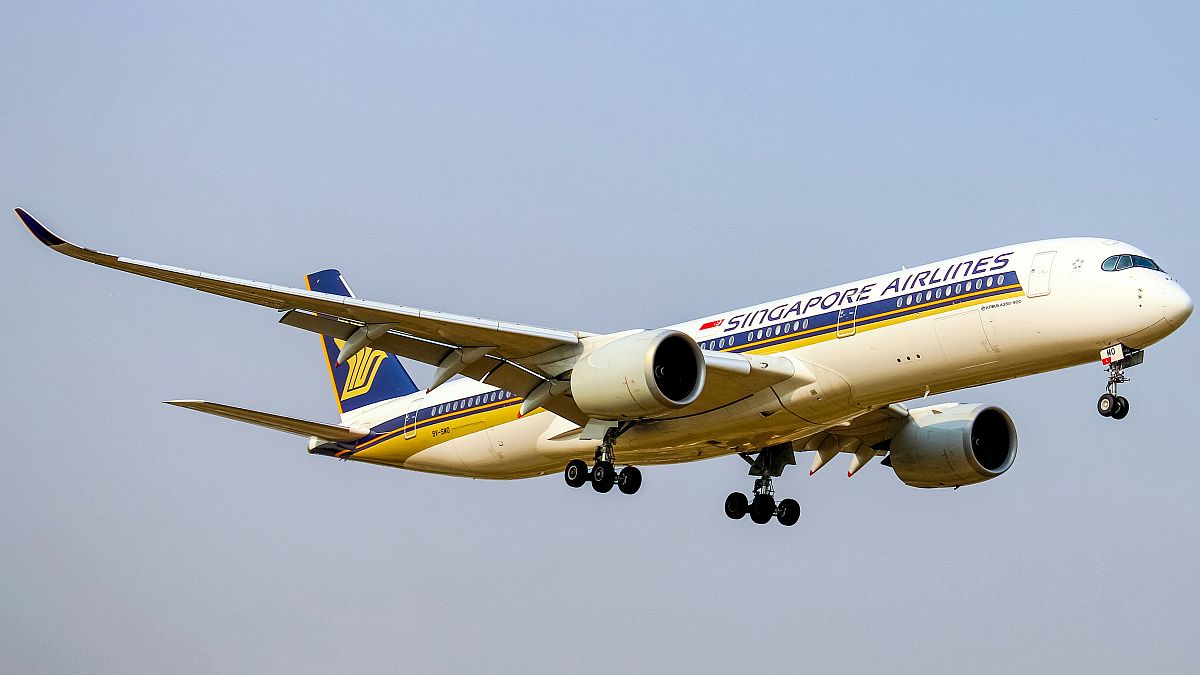Turbulence is set to get worse because of climate change. Severe turbulence that hit a Singapore Airlines flight from London has resulted in one death and several injuries. What happened on board the Boeing 777-300ER flight to Singapore is still not clear.
Airline tracking websites have noted that the aircraft dropped around 1,800 metres in three minutes when it flew into the rough air beyond the Bay of Bengal. Fatalities and serious injuries from turbulence are thankfully very rare. Flight crews can often predict bad weather and rough air in advance and are trained to deal with the effects.

Around and some reportedly received first aid for head wounds. "Turbulence fatalities on commercial flights are fortunately very rare, but have sadly increased by one today," Dr Paul Williams, Professor of Atmospheric Science at the University of Reading told Euronews Travel. "Turbulence on flights can be caused by storms, mountains, and strong air currents called jet streams.
In this last case, it is called clear-air turbulence, and it can be difficult to avoid because it doesn't show up on the weather radar in the flight deck. A detailed analysis of the meteorological circumstances and the particular type of turbulence that caused today's fatality will take some time." It is also difficult to predict when it will hit because it is caused by small-scale eddies that are too localised for most weather models to calculate.
Turbulence is the primary cause of non-fatal injuries to passengers .
















